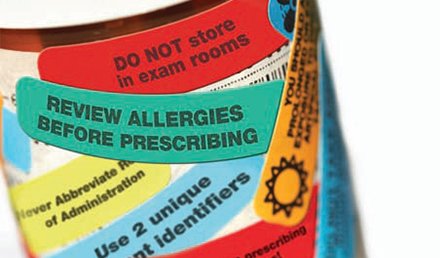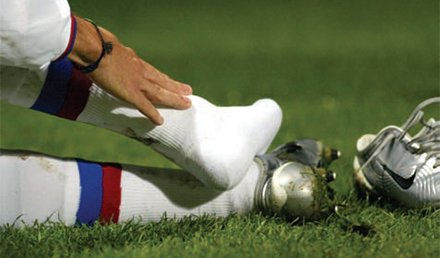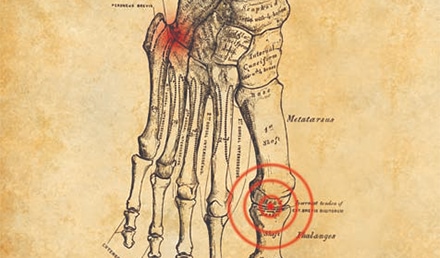Urgent message: Creating a safety culture in the urgent care clinic starts with proper hand washing before even seeing a patient and ends with transitioning care out of the practice – and includes close attention to every detail in between. The second of two parts. Phillip Disraeli MD, FAAFP The Institute of Medicine’s 1998 Report to Err is Human grabbed media attention by estimating that 98,000 deaths each year can be attributed to adverse events …
Read More



